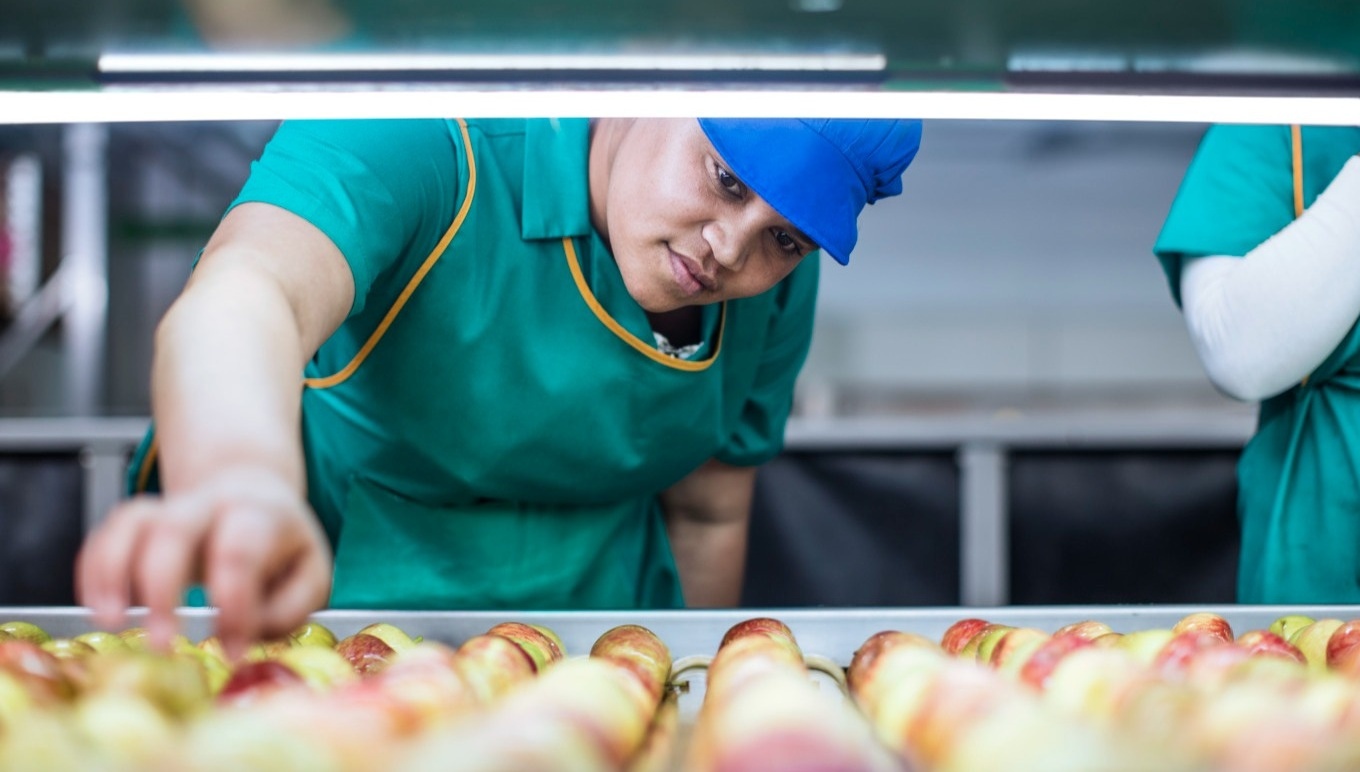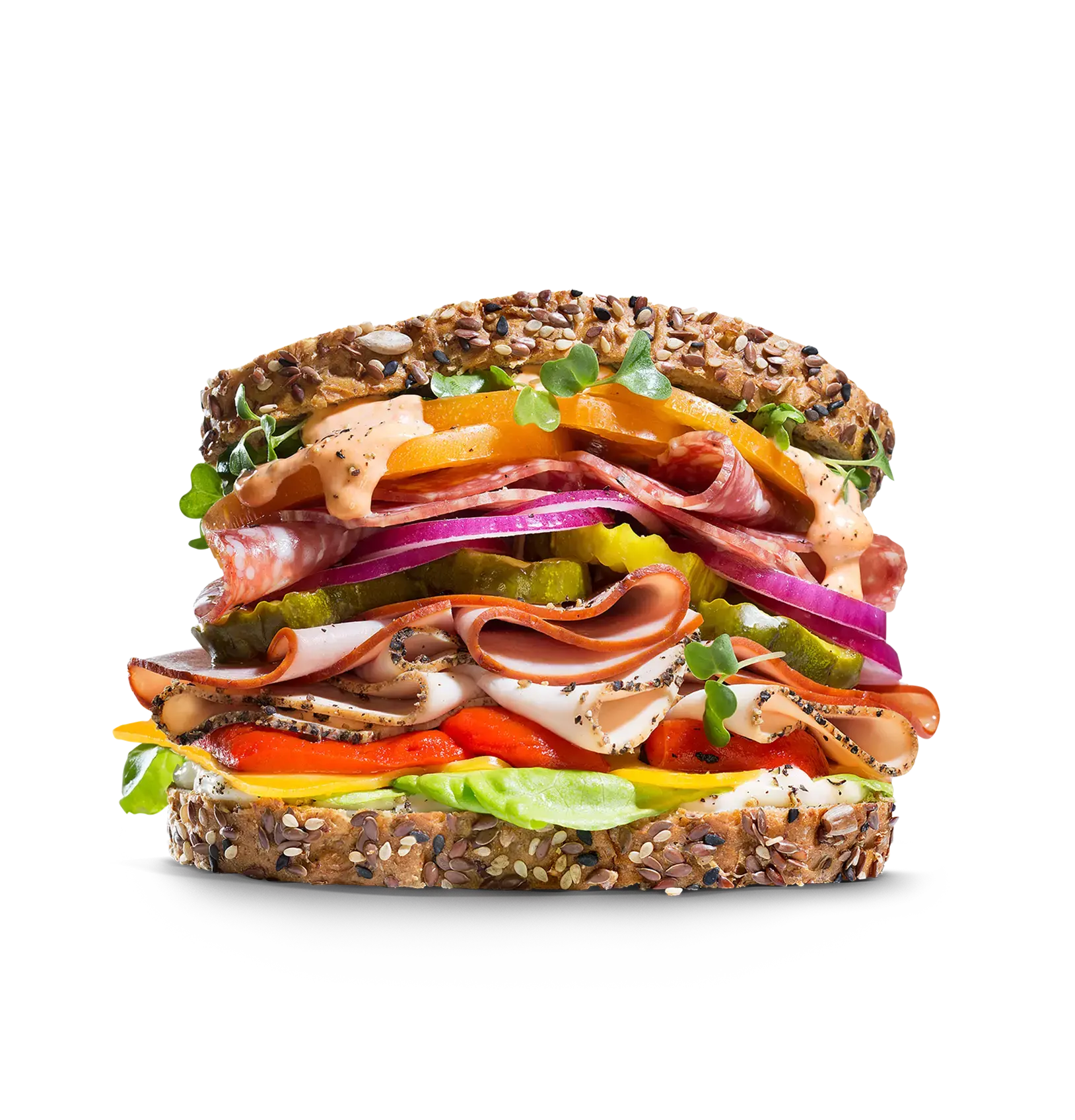5 Schritte für exzellente Rückverfolgbarkeitsprozesse in der Lebensmittel- und Getränkebranche
5 Schritte für exzellente Rückverfolgbarkeitsprozesse in der Lebensmittel- und Getränkebranche
5 Schritte für exzellente Rückverfolgbarkeitsprozesse in der Lebensmittel- und Getränkebranche
Keine Zeit? Hier die Kurzfassung
In diesem Beitrag erfahren Sie, welche fünf Schritte entscheidend sind, um Rückverfolgbarkeitsprozesse in der Lebensmittel- und Getränkebranche zu modernisieren:
Digitale Plattform einführen – Ablösung papierbasierter Methoden durch digitale Systeme, um wichtige Daten wie Chargennummern, Haltbarkeitsdaten und Herkunft zuverlässig zu verwalten.
Mitarbeitende schulen – Eine Unternehmenskultur schaffen, die Rückverfolgbarkeit priorisiert – inklusive Training und Rückrufübungen.
Mit Partnern zusammenarbeiten – Enge Abstimmung mit Lieferanten und Distributoren, um lückenlose Rückverfolgbarkeit entlang der gesamten Lieferkette zu gewährleisten.
Rückrufverfahren entwickeln – Ein spezialisiertes Team und klare Abläufe aufbauen, um im Ernstfall schnell handeln zu können und Vertrauen zu bewahren.
Datenerfassung automatisieren – Systeme wie ERP, WMS und Barcodescanner integrieren, um Rückverfolgbarkeitsdaten effizient und fehlerfrei zu erfassen.

Von vertrauten Kindheitsrezepten bis hin zu Mahlzeiten am Wochenende – Essen ist weit mehr als bloße Nahrungsaufnahme. Es ist Teil unserer Identität und verbindet uns mit Herkunft, Tradition und Kultur. Deshalb sollte jede Mahlzeit mit der Gewissheit einhergehen, dass die Lebensmittel sicher, verantwortungsvoll beschafft und sorgfältig verarbeitet wurden – vom Saatgut bis ins Regal, vom Hof bis zum Teller.
Doch in der heutigen Lebensmittel- und Getränkebranche hängt dieses Vertrauen von einer zentralen Fähigkeit ab: vollständiger Rückverfolgbarkeit.
Fehlt diese, kann schon eine kleine Unklarheit zu einem kostspieligen Rückruf, massiven Reputationsschäden oder im schlimmsten Fall zu einer Gesundheitskrise führen. Und die Verbraucher sind sich dessen bewusst: 73 % geben an, dass Rückverfolgbarkeit ihre Kaufentscheidungen beeinflusst. Von denen, die sie als sehr wichtig einstufen, sind 71 % bereit, dafür einen Aufpreis zu zahlen. Transparenz ist daher keine Modeerscheinung, sondern eine Erwartung.
Exzellente Rückverfolgbarkeit stärkt nicht nur das Vertrauen. Sie fördert die Markenbindung, ermöglicht schnelle Reaktionen im Ernstfall und eröffnet neue Marktchancen. Dennoch setzen viele Hersteller noch immer auf veraltete, fragmentierte Systeme, die mit modernen Produktions- und Lieferketten nicht Schritt halten können.
Da die gesetzlichen Anforderungen an Dokumentation und Reaktionsfähigkeit steigen, ist jetzt der richtige Zeitpunkt, Rückverfolgbarkeitsprozesse konsequent zu digitalisieren – zum Schutz Ihres Unternehmens und der Menschen, die Sie versorgen.
Wie aber gelingt die Modernisierung Ihrer Rückverfolgbarkeitsstrategie, um diesen wachsenden Erwartungen gerecht zu werden? In diesem Beitrag zeigen wir Ihnen fünf entscheidende Schritte – von der Auswahl der richtigen Software bis hin zur abteilungsübergreifenden Umsetzung.
1. Grundlage schaffen mit einer digitalen Plattform
Der erste Schritt beim Aufbau belastbarer Rückverfolgbarkeitsprozesse ist die Wahl des passenden Systems. Papierbasierte Verfahren sind längst überholt. Sie benötigen eine vollständig digitale Lösung – und entscheidend ist, dass diese speziell auf die Anforderungen von Lebensmittel- und Getränkeunternehmen zugeschnitten ist.
Der Maßstab hierfür sind branchenspezifische ERP-Systeme. Diese Plattformen bieten zahlreiche Funktionen, die für eine wirksame Rückverfolgbarkeit unverzichtbar sind:
Definition beliebig vieler Datenfelder für Rohstoffe und Fertigprodukte, z. B. Chargennummern, Herkunftsland, Sorte, Menge, Haltbarkeitsdatum,
Integration mit Barcodescannern und IoT-fähigen Geräten,
Echtzeit-Updates auf Basis aktueller Informationen,
benutzerfreundliche Bedienoberfläche und – im Fall von Cloud-Lösungen – mobiler Zugriff.
Auch wenn die Einführung zunächst Zeit, Aufwand und Investitionen erfordert – von der Recherche bis zum Go-Live –, ist die richtige Technologie die Grundvoraussetzung für exzellente Rückverfolgbarkeit.
2. Mitarbeitende schulen und einbinden
Selbst die beste Plattform nützt wenig, wenn die Menschen, die mit ihr arbeiten, nicht entsprechend geschult sind. Mitarbeiterqualifizierung ist keine Formalität, sondern eine Investition in die Resilienz und Reputation Ihres Unternehmens.
Vermitteln Sie Ihrer Belegschaft den größeren Zusammenhang: Warum Rückverfolgbarkeit wichtig ist, welchen Einfluss sie auf gesetzliche Compliance, Kundenzufriedenheit und Reaktionszeiten im Krisenfall hat.
Angesichts strengerer Vorgaben, etwa durch neue EU-Verordnungen, wird die Fähigkeit Ihres Teams, schnell und präzise zu reagieren, nicht nur zur Best Practice, sondern zur gesetzlichen Pflicht.
Ein wirksames Trainingsprogramm sollte abdecken:
Schulungen zu relevanten Vorschriften
Anleitungen zum Allergenmanagement, Hygieneprotokolle, Vermeidung von Kreuzkontamination,
regelmäßige Auffrischungen bei Gesetzes- oder Prozessänderungen,
praktische Rückrufübungen,
klare Dokumentation von Rollen und Verantwortlichkeiten.
Vor allem aber gilt es, eine Kultur der Verantwortung zu fördern. Jede Person – vom Produktionsmitarbeiter bis zur Führungskraft – muss ihre Rolle verstehen. Informierte, befähigte und abgestimmte Teams machen Rückverfolgbarkeit zur Selbstverständlichkeit und minimieren das Risiko teurer Fehler.
3. Zusammenarbeit mit Partnern in der Lieferkette
Rückverfolgbarkeit endet nicht am Werkstor. Um vollständige Transparenz zu gewährleisten, müssen auch Ihre Lieferanten und Kunden eingebunden werden.
Früher galt es als ausreichend, Materialien und Produkte nur einen Schritt zurück und einen Schritt vorwärts in der Lieferkette zu verfolgen. Heute reicht das nicht mehr. Gefordert ist durchgängige Sichtbarkeit – vom Rohstofflieferanten bis zum Lebensmitteleinzelhandel oder Gastronomiepartner. Damit keine Informationen verloren gehen, sollten Sie mit Ihren Partnern verbindlich klären:
Welche Daten erfasst werden müssen (Chargennummern, Mengen, Herkunft usw.),
zu welchen Zeitpunkten Daten erhoben werden (z. B. bei Wareneingang, Abgang, Transport),
wie Daten ausgetauscht werden (idealerweise digital, integrierbar ins ERP),
in welcher Frequenz Informationen geteilt werden (optimal: sofort in Echtzeit).
Diese Absprachen sind entscheidend für die Datenintegrität – und ermöglichen im Notfall schnelle Rückrufe.
4. Rückrufteam und -plan aufstellen
So sorgfältig Prozesse auch geplant sind – Notfälle lassen sich nicht immer verhindern. Entscheidend ist, vorbereitet zu sein. Richten Sie daher ein Rückrufteam ein, das im Ernstfall schnell und koordiniert handelt.
Dazu gehören Mitarbeitende aus der Produktion, ein Operations Manager, Kommunikations- oder Marketingverantwortliche sowie Vertreter des Managements.
Ein klar definierter Ablaufplan sollte u. a. folgende Schritte enthalten:
Team informieren und Vorfall dokumentieren,
Risiko bewerten und Ausmaß der Kontamination feststellen,
Behörden und betroffene Kunden benachrichtigen,
betroffene Produkte sofort sperren und Quelle der Kontamination ermitteln,
Rückrufumfang festlegen und Maßnahmen umsetzen,
notwendige Dokumentation und Meldungen abschließen.
Ein branchenspezifisches ERP-System kann viele dieser Schritte automatisieren – und sorgt dafür, dass alle Beteiligten informiert sind und sämtliche gesetzlichen Vorgaben eingehalten werden.
5. Datenerfassung automatisieren
Zum Abschluss sollten Sie die Erfassung und Aktualisierung Ihrer Daten soweit wie möglich digitalisieren und automatisieren. Auch hier ist ein ERP-System, das mit Barcode- oder QR-Scannern, Waagen, Thermometern und Sensoren integriert ist, der Schlüssel.
Best Practices umfassen:
automatische Scans bei Wareneingang und Lagerzugang,
Scans beim Kommissionieren für die Produktion,
kontinuierliche Temperatur- und Qualitätskontrollen während der Verarbeitung,
Erstellung neuer Chargennummern und Etiketten für Fertigprodukte,
Scans bei Kommissionierung für den Versand und beim Verladen.
Diese Maßnahmen stellen nicht nur Transparenz sicher, sondern helfen auch, die Produktqualität kontinuierlich zu überwachen und Prozesse bei Bedarf zu verbessern.
Der richtige Partner an Ihrer Seite
Rückverfolgbarkeit erfordert die richtige Technologie – und einen Partner, der die spezifischen Herausforderungen der Lebensmittel- und Getränkebranche versteht.
Aptean Food & Beverage ERP, entwickelt auf Basis von Microsoft Dynamics 365 Business Central, kombiniert branchenspezifische Funktionalität mit intuitiver Bedienung. Cloud-basiert, skalierbar und stets regelkonform – so bleiben Sie flexibel, transparent und zukunftssicher.
Unsere Lösungen gehen über reines ERP hinaus. Mit KI-gestützten Funktionen helfen wir Ihnen, Qualitäts- und Compliance-Risiken frühzeitig zu erkennen und proaktiv zu handeln – mit weniger manuellem Aufwand und höherer Effizienz.
Mit Aptean gewinnen Sie nicht nur Software, sondern einen langfristigen Partner für Innovation, Sicherheit und Vertrauen.
Möchten Sie mehr erfahren? Kontaktieren Sie uns oder fordern Sie eine individuelle Demo an – oder nutzen Sie unsere kostenfreie Produkttour, um die ERP-Funktionen für Rückverfolgbarkeit in der Praxis kennenzulernen.
Erfolge von Aptean ERP-Kunden
Diese 10 Kunden aus verschiedenen Lebensmittel- und Getränkesektoren haben mit unserer Lösung mehr erreicht.



 Jack Payne | Vice President, Product Management & Solutions Consulting
Jack Payne | Vice President, Product Management & Solutions Consulting